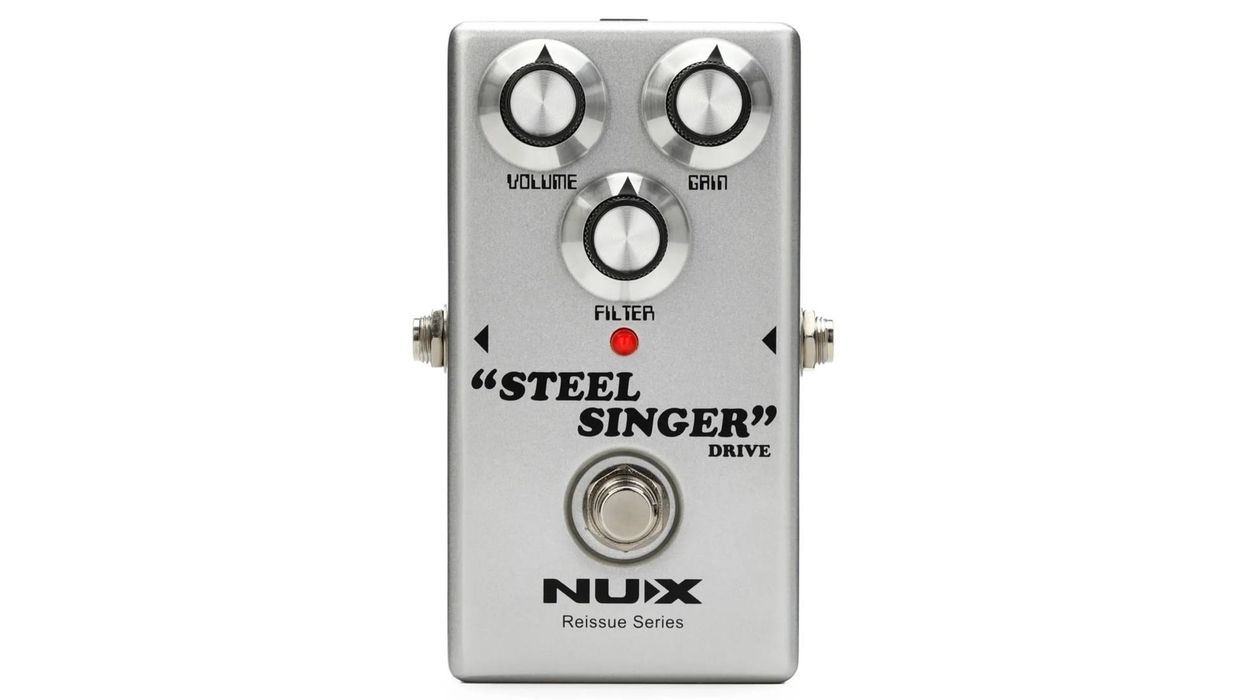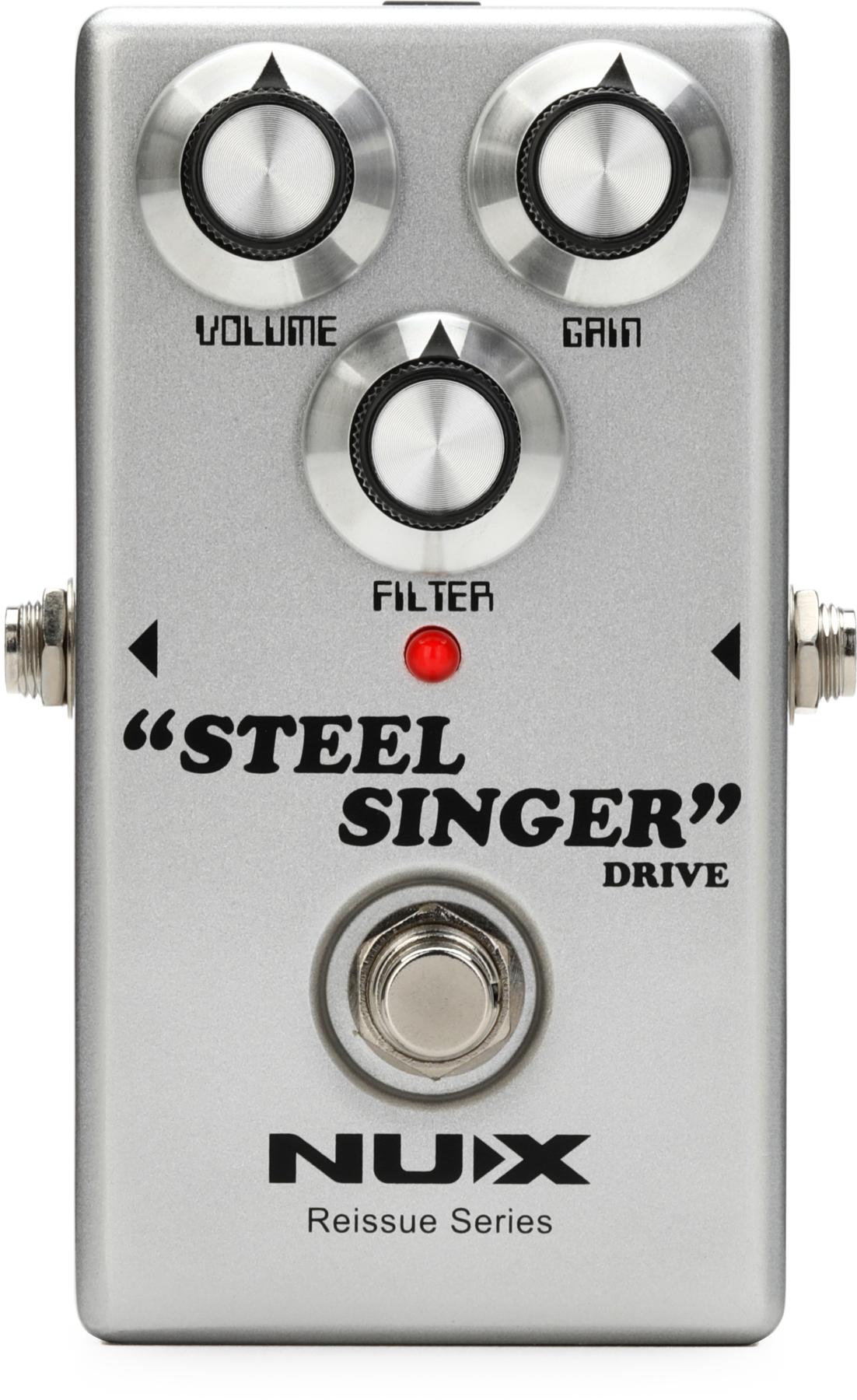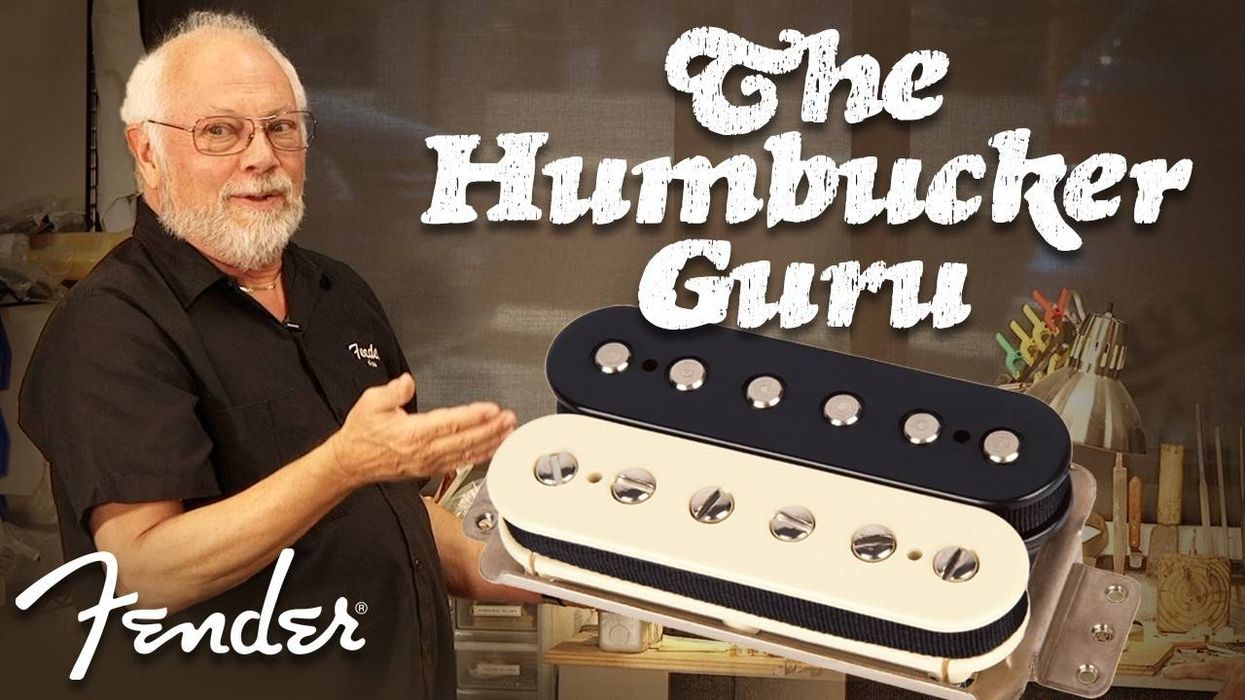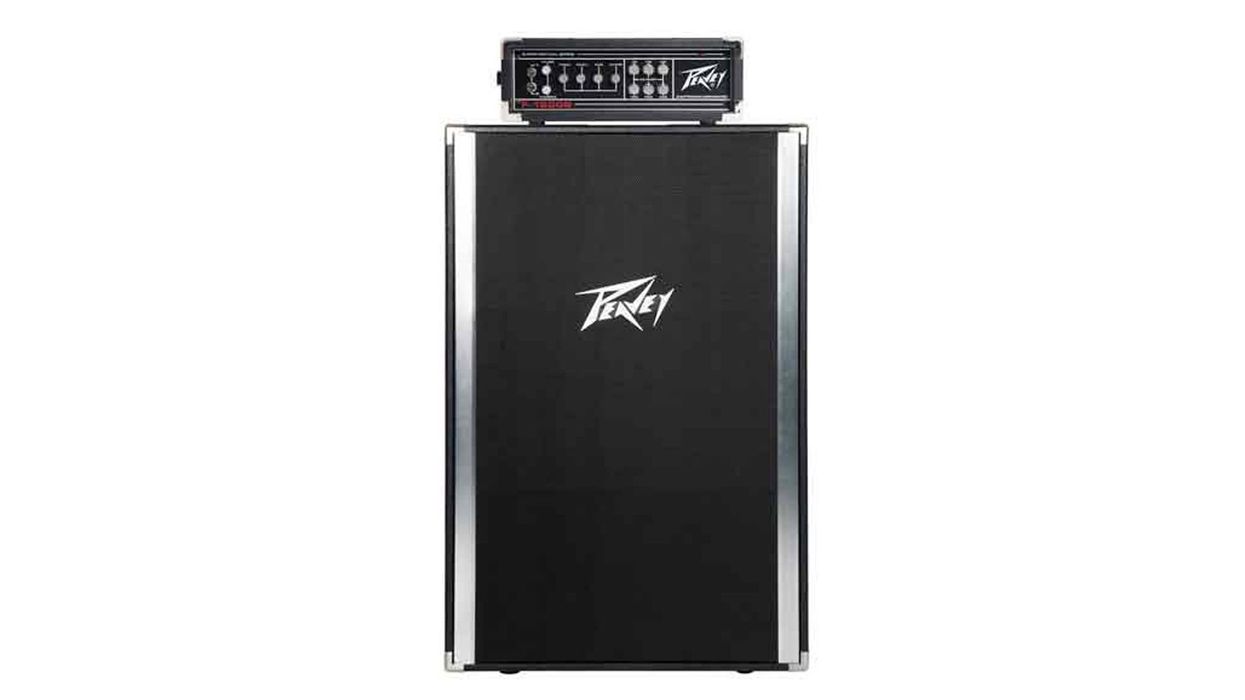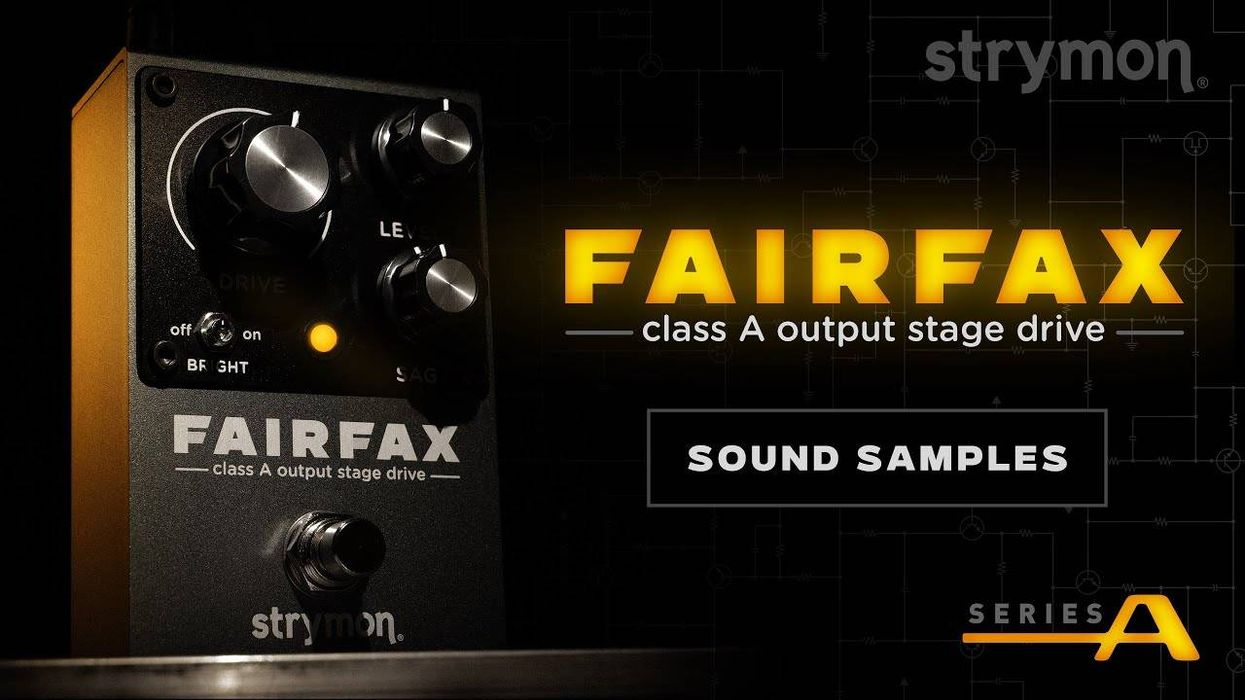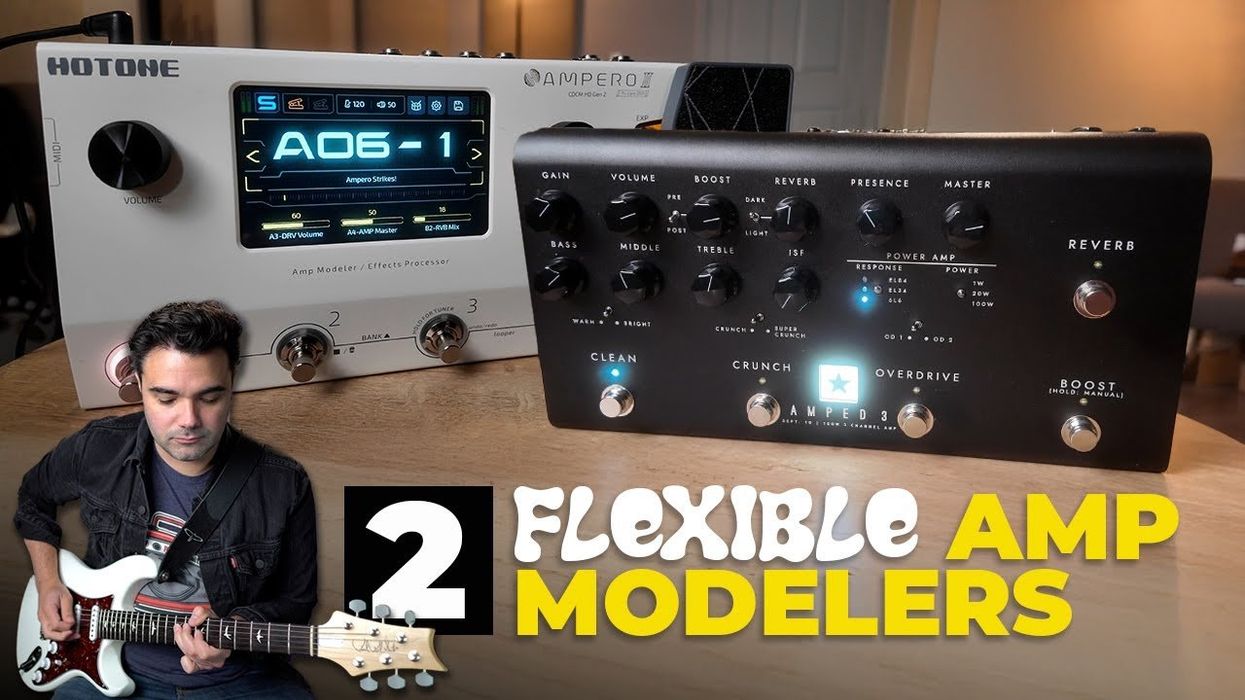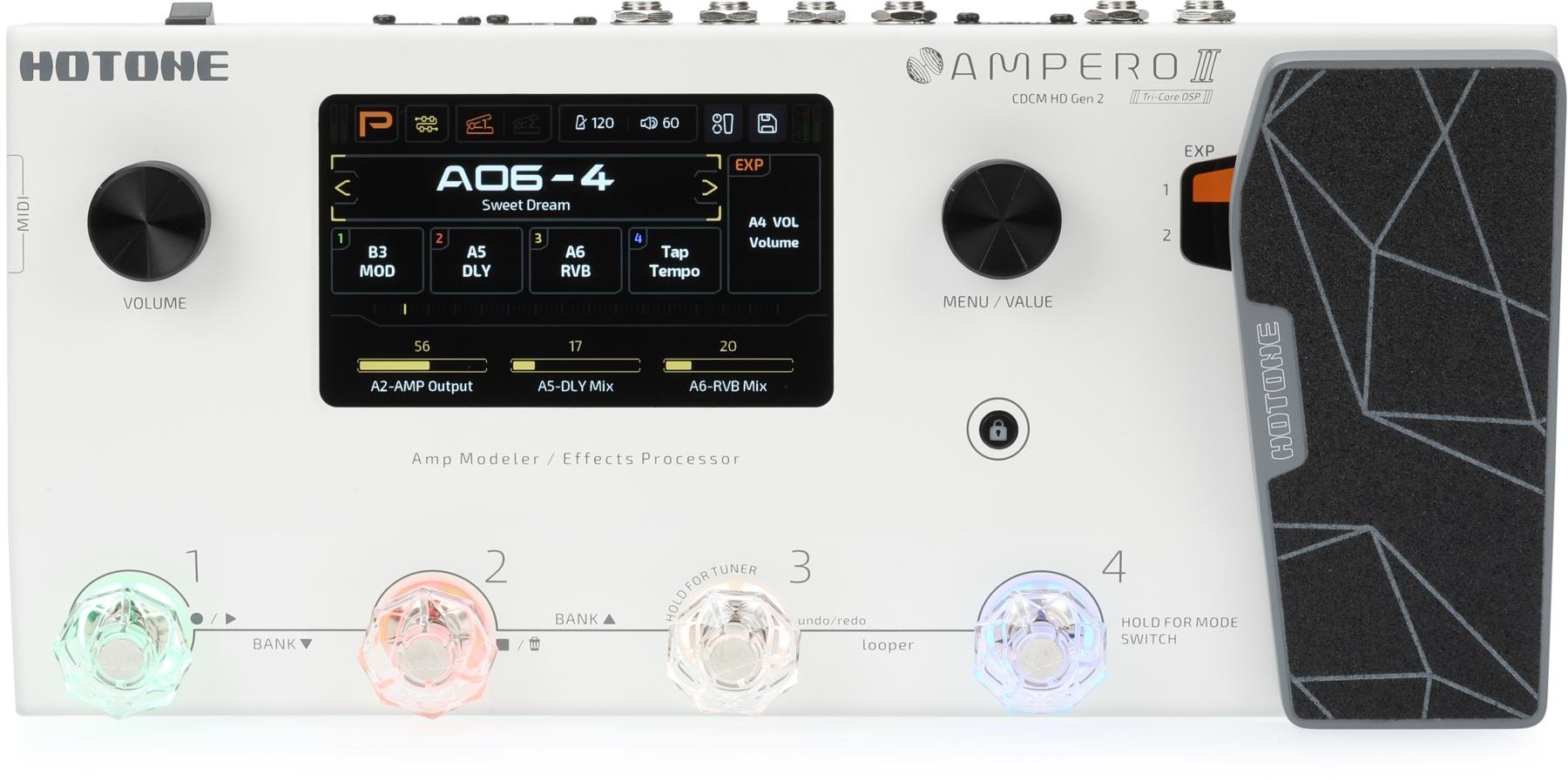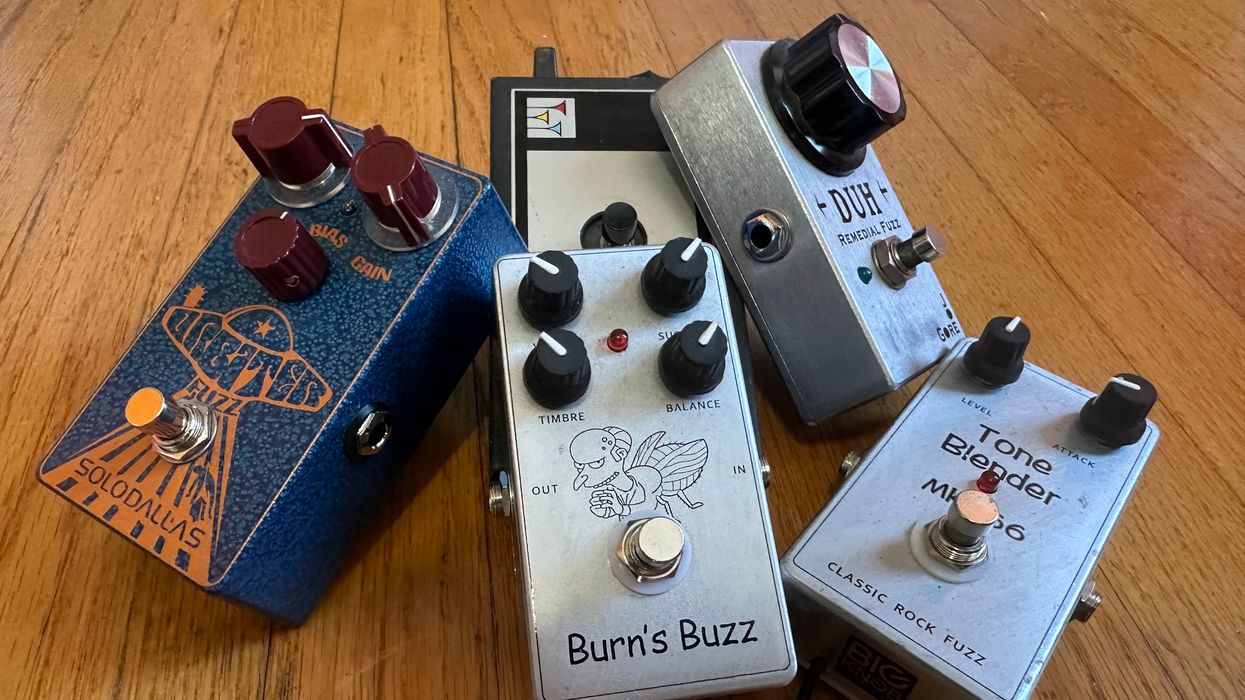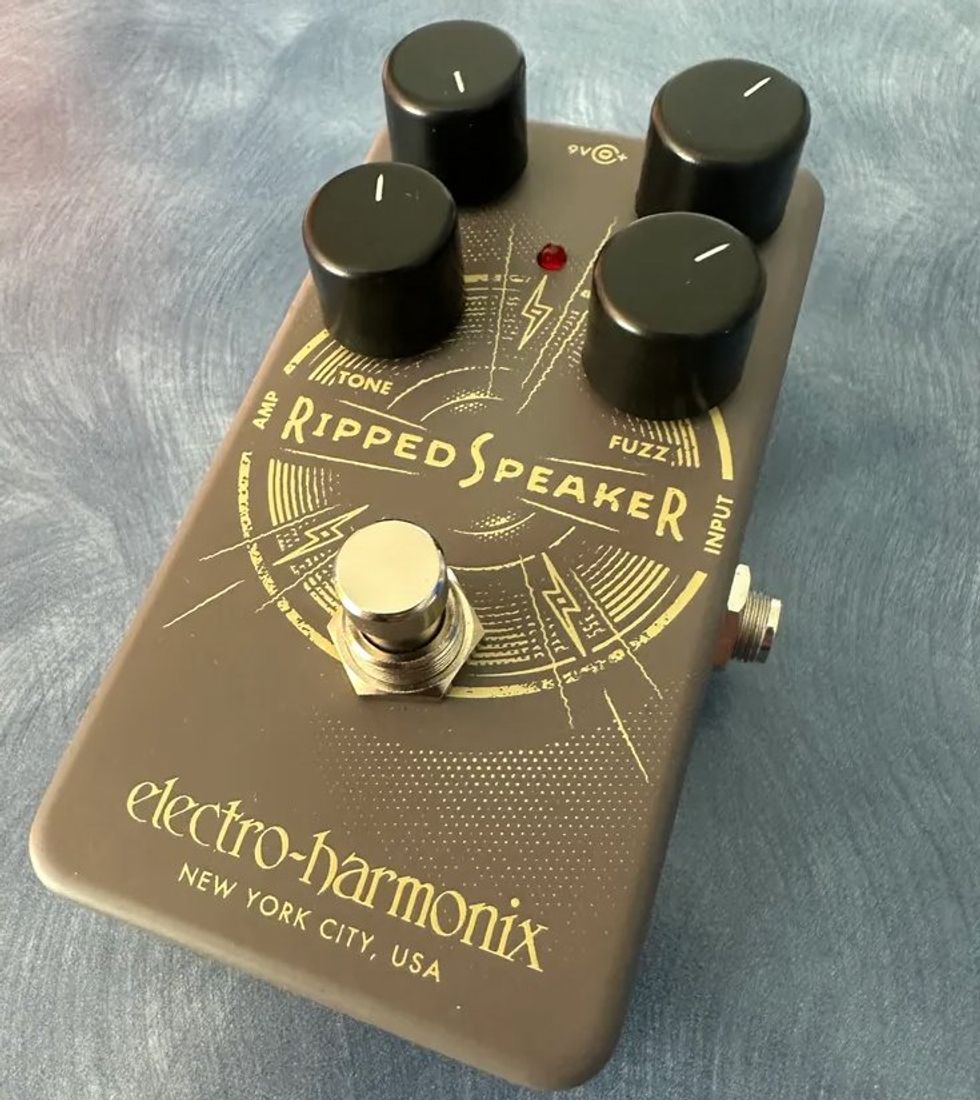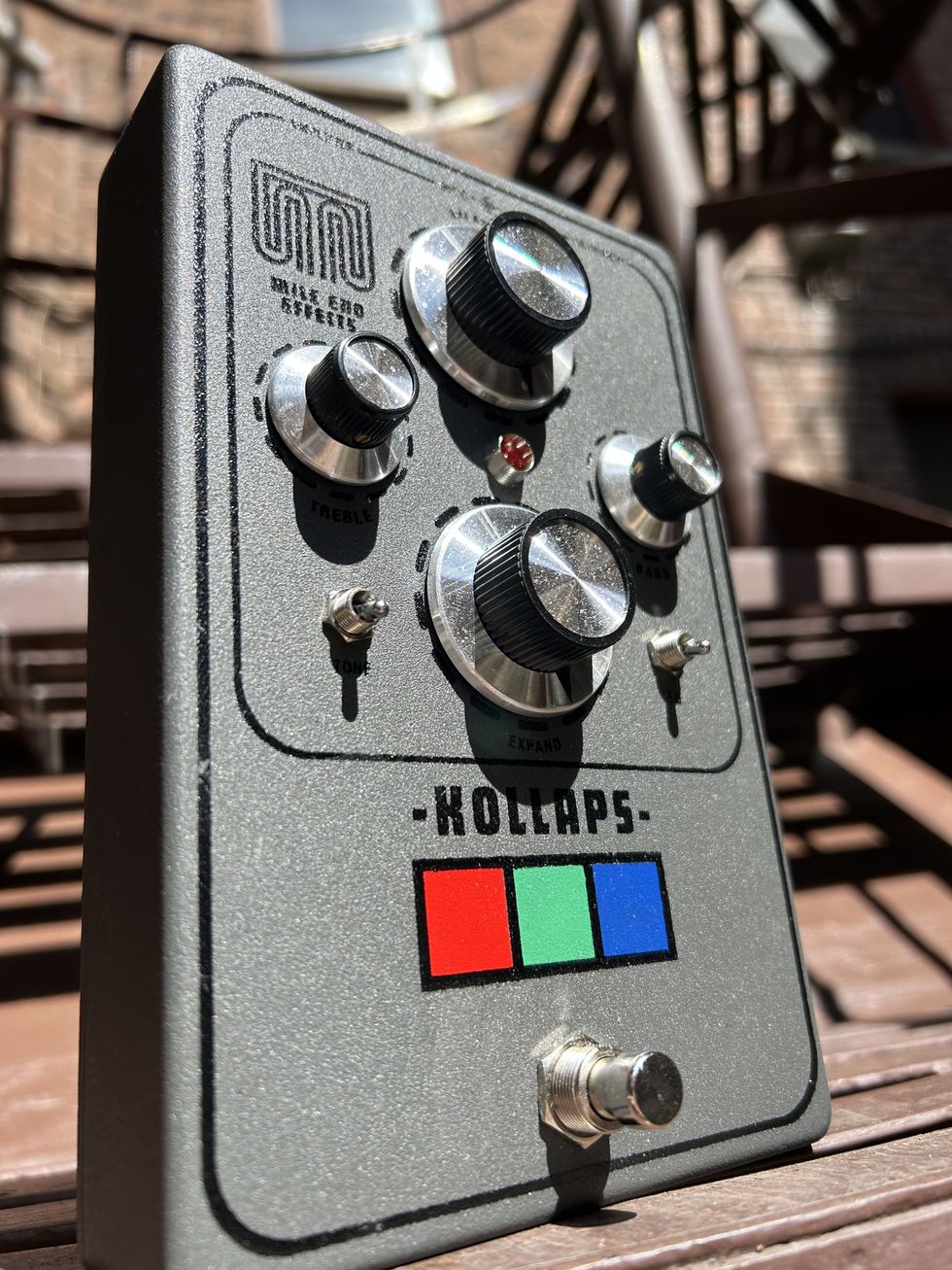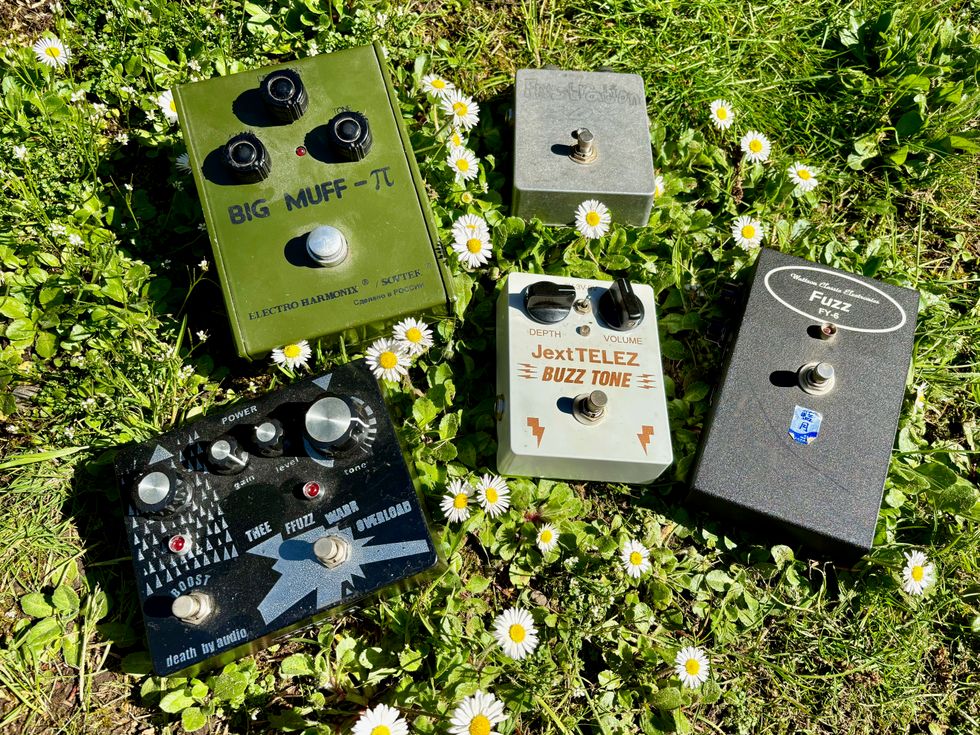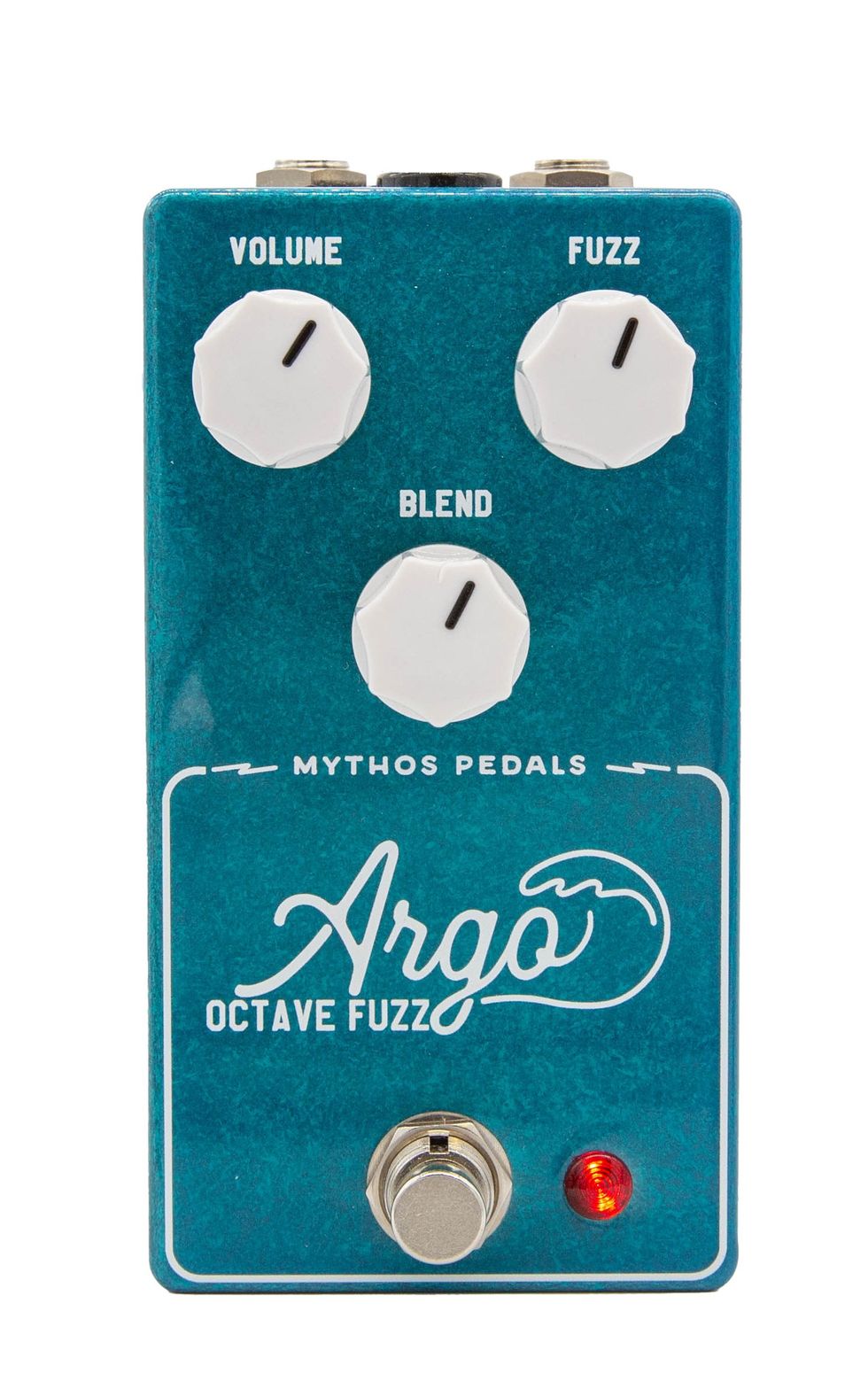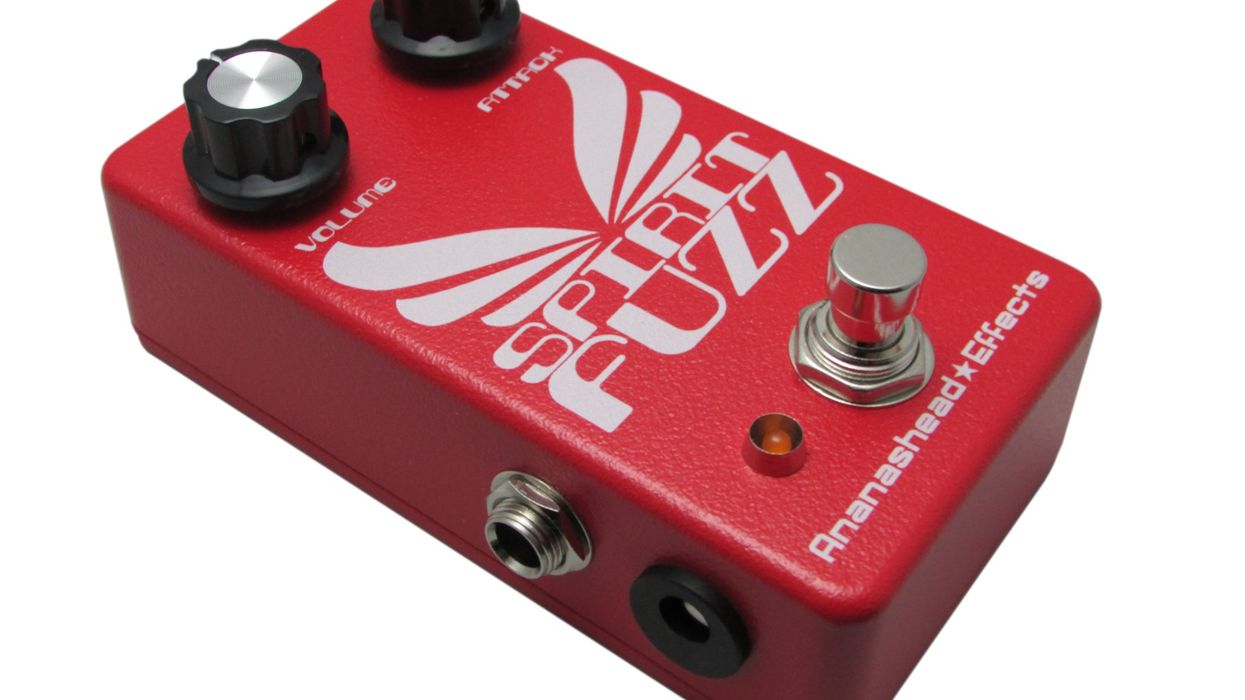Murruy, UT (March 19, 2019) -- Let’s get this out of the way: Tom Cram was responsible for creating pedalboard mainstays such as The Carcosa, Rubberneck, FreqOut, and many more during his time at DOD/Digitech. Tom is back at it and at the helm of Spiral Electric FX; the Yellow Spiral Drive is his latest offering.
The Yellow Spiral Overdrive is truly the swiss-army knife of overdrive pedals. It covers your “always on” tone sweetener, clean boost, dirty boost, low-gain distortion, mid-gain distortion, amp input punisher, and “unleashing the fury, everything on 10” lead shred-o-rama.
The circuit is based on the DOD 250 Overdrive Pre-Amp with choice alterations. The addition of the Nanolog N2 Quantum Junction, the Girth control, as well as selectable clipping sections adds a useful and modern spin to this classic circuit. The Yellow Spiral sounds fantastic on bass with none of the low-end loss commonly associated with this circuit.
Features:
- 6-Position rotary tone network retains your highs but increases low-end “Girth.”
- Very touch-sensitive, goes from chime to grind with just an increase in pick attack.
- Excellent clean-up with guitar volume knob.
- Circuit Based on DOD 250 Overdrive Pre-Amp with choice alterations.
- Nanolog N2 Molecular Junction
$249 street
Watch the company's video demo:
For more information:
Spiral Electric FX


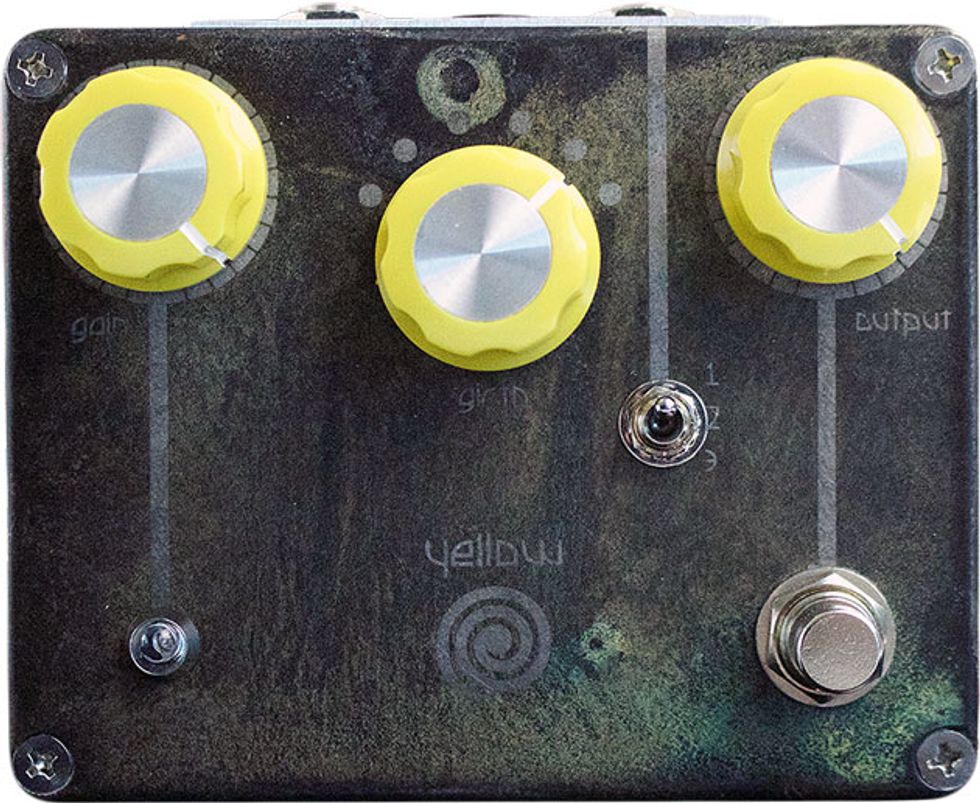
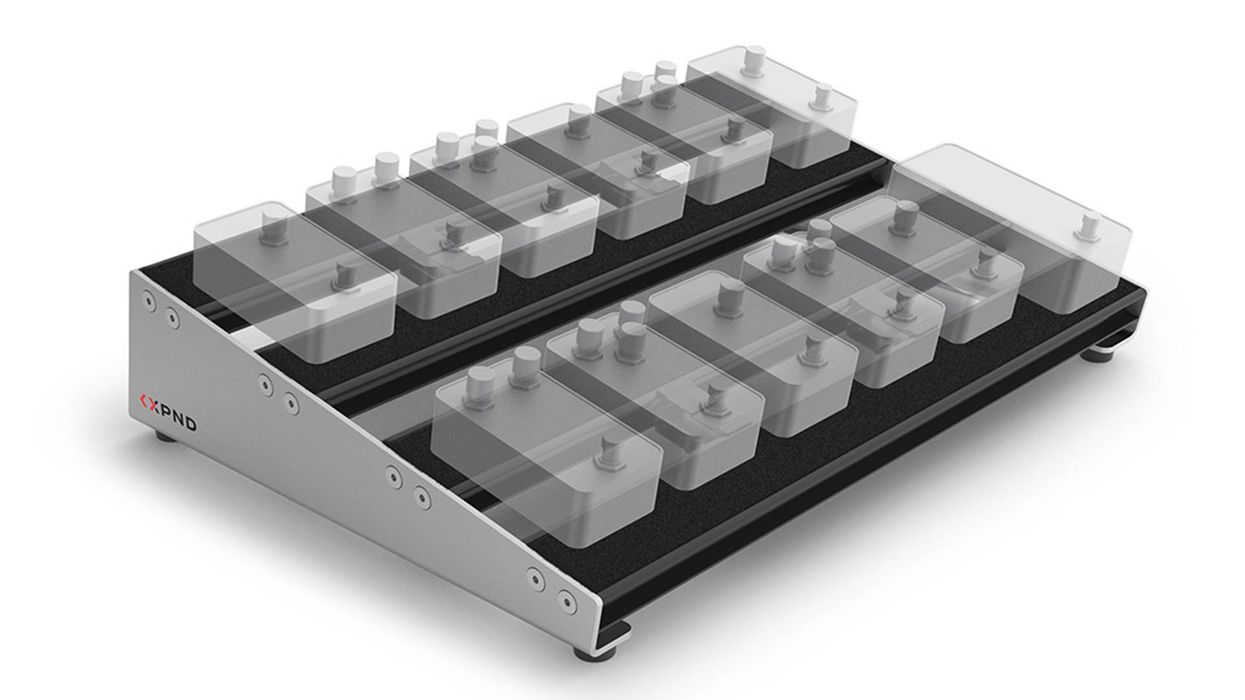


![Rig Rundown: Russian Circles’ Mike Sullivan [2025]](https://www.premierguitar.com/media-library/youtube.jpg?id=62303631&width=1245&height=700&quality=70&coordinates=0%2C0%2C0%2C0)
